Most visitors to Yellowstone National Park stick to the main roads and famous attractions, missing some of the most spectacular scenery the park has to offer. While Old Faithful and the Grand Canyon of Yellowstone are undeniably impressive, the real magic happens when you venture beyond the crowds into the wilderness areas that make up 95% of the park.
The backcountry holds secrets that few people ever discover. Pristine hot springs, hidden waterfalls, and wildlife encounters that feel like something out of a nature documentary. Here is a list of 15 incredible destinations that’ll show you a completely different side of America’s first national park.
Shoshone Lake
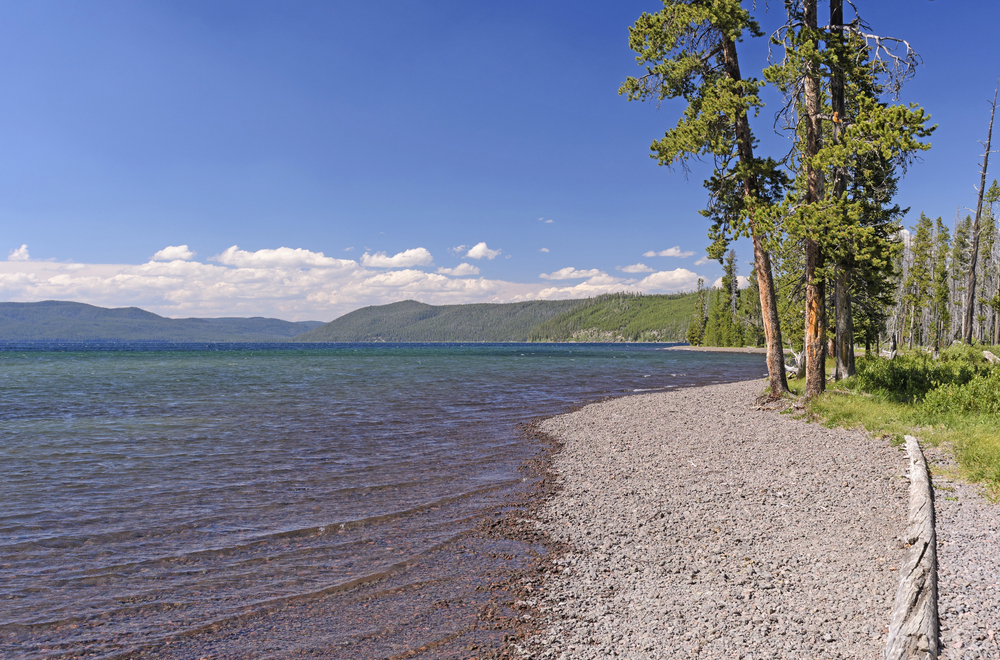
Shoshone Lake stands as Yellowstone’s largest backcountry lake — stretching over 8,000 acres of pristine wilderness that most visitors never see. The lake sits about 3 miles from the nearest road, which means you’ll need to hike or paddle to reach this hidden treasure. What makes Shoshone Lake truly special? The collection of hot springs along its shoreline creates an otherworldly landscape where steaming water meets crystal-clear lake water. The western shore features a small geyser basin with bubbling pools and steaming vents that rival anything you’ll find along the main park roads.
Heart Lake
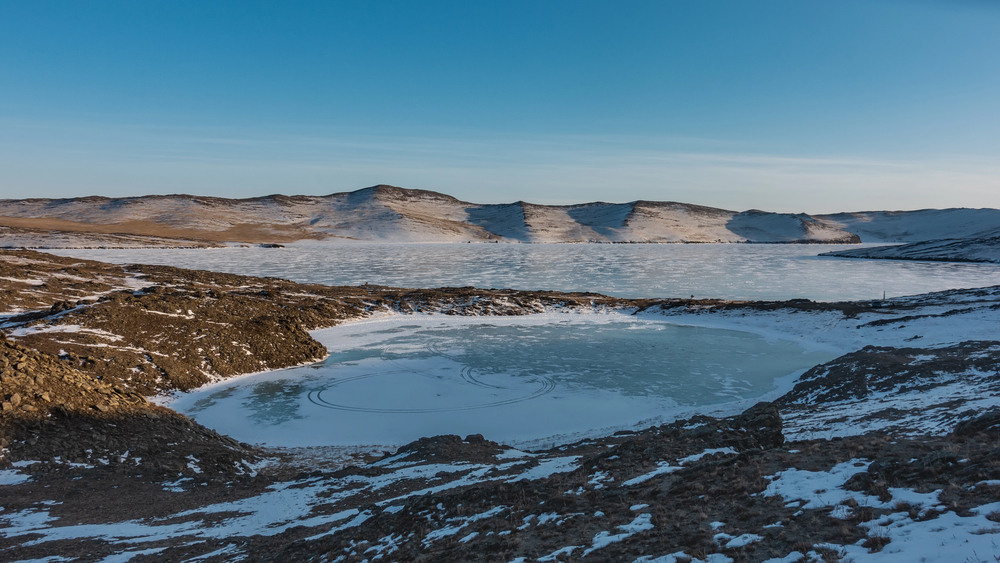
Heart Lake earned its romantic name from its distinctive heart-shaped outline, visible from the surrounding ridges. This backcountry gem requires a 7.5-mile hike through dense forests and meadows — yet the journey rewards you with one of the most photogenic lakes in the entire park. The lake sits at the base of Mount Sheridan, creating a dramatic backdrop that changes color throughout the day. Heart Lake also serves as a gateway to the Red Mountains, a lesser-known area of volcanic peaks that offer some of the best panoramic views in Yellowstone.
Dunanda Falls
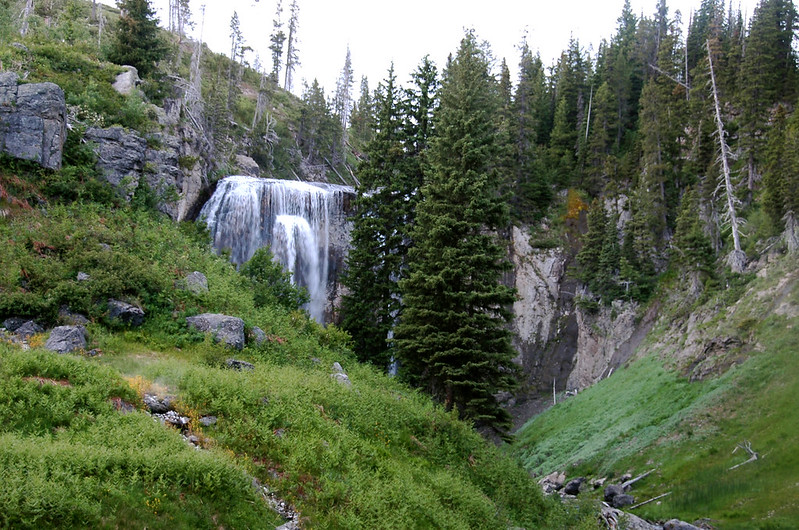
Dunanda Falls plunges 150 feet down a sheer cliff face. It’s one of the most spectacular waterfalls in Yellowstone that hardly anyone knows about. The falls are accessible via a challenging 16-mile round trip hike through the Bechler region — often called ‘Cascade Corner’ for its incredible concentration of waterfalls. The mist from Dunanda Falls creates a microclimate that supports lush vegetation and wildflowers rarely seen elsewhere in the park. Standing at the base of these falls feels like discovering a secret world that time forgot.
Union Falls
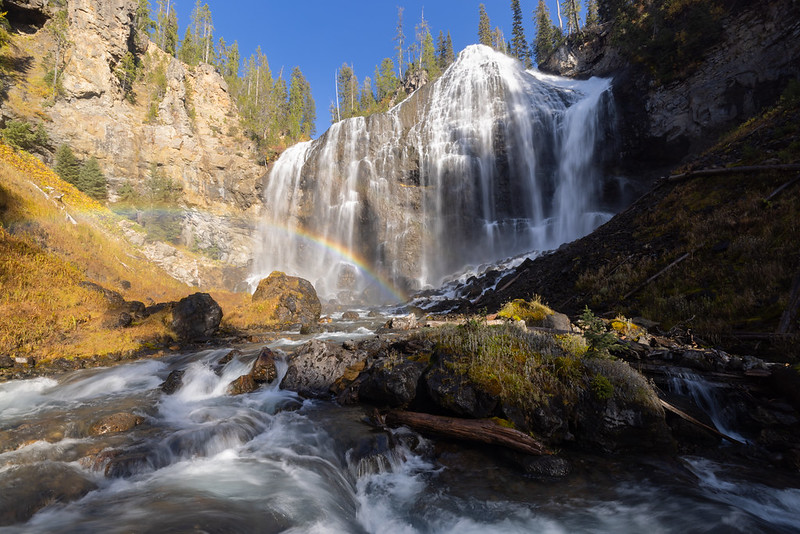
Union Falls represents the convergence of three separate streams that join forces to create a thundering 250-foot cascade. This waterfall requires serious commitment. It’s a 14-mile round trip hike that takes most people a full day to complete. The falls are particularly impressive in early summer when snowmelt feeds the streams — creating a powerful torrent that you can hear from nearly a mile away. The surrounding area features some of the most diverse plant life in Yellowstone, with species that thrive in the constant mist and humidity.
Beula Lake
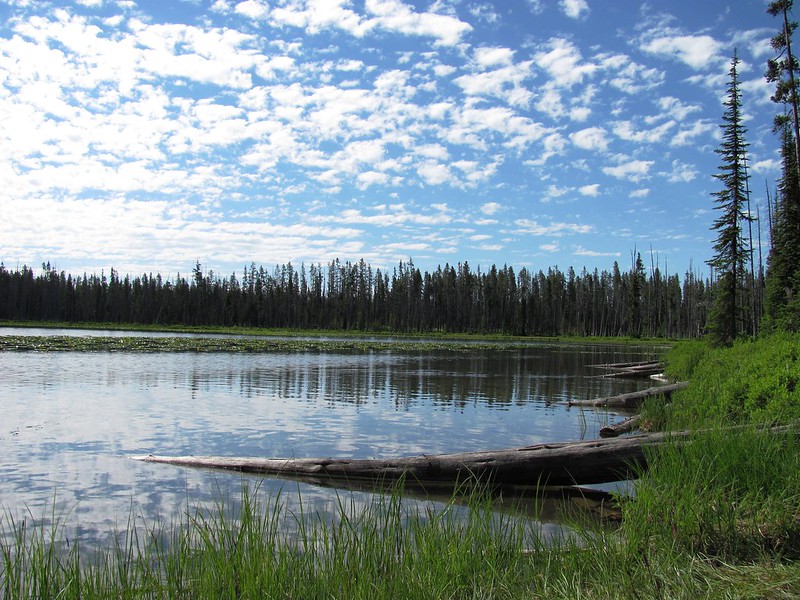
Beula Lake offers one of the most remote fishing experiences in Yellowstone, sitting in a pristine alpine setting that feels completely untouched by modern civilization. The lake requires a strenuous 6-mile hike through challenging terrain — though anglers who make the journey often have the entire lake to themselves. Native cutthroat trout thrive in these cold, clear waters. The fishing can be absolutely phenomenal during the right conditions. The lake is surrounded by towering peaks that reflect perfectly in the still water on calm mornings.
Cascade Lake
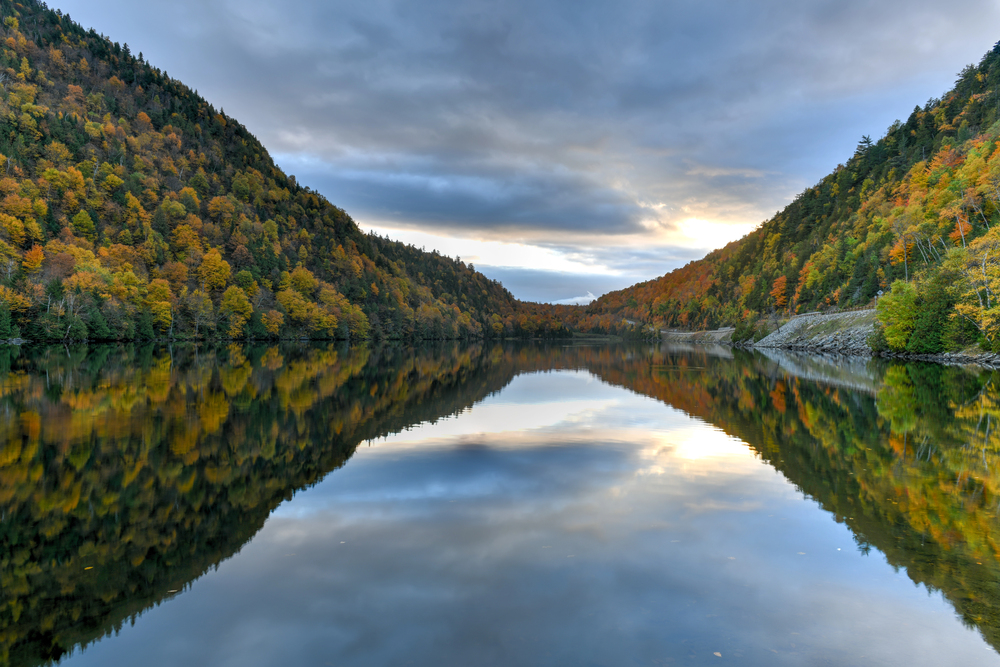
Cascade Lake sits hidden in a small cirque basin — accessible only by a moderately difficult 2.5-mile hike from the Cascade Lake trailhead. The lake is small but incredibly scenic, with crystal-clear water that reveals the rocky bottom even in the deepest sections. What makes Cascade Lake special is its population of native grayling, a fish species that’s becoming increasingly rare in the lower 48 states. The surrounding area bursts with wildflowers in July and August, creating a natural garden that rivals any botanical display.
Observation Peak
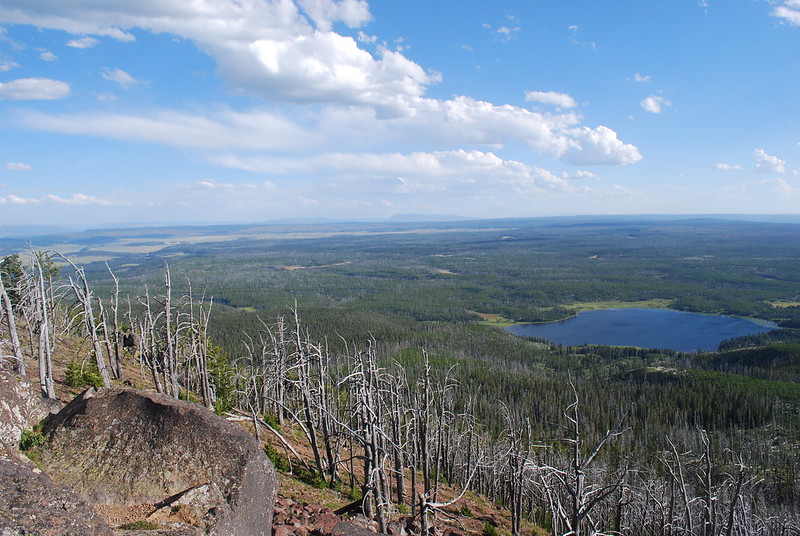
Observation Peak provides arguably the best panoramic view in all of Yellowstone — offering a 360-degree vista that encompasses the entire park and beyond. The peak requires a challenging 6-mile hike with significant elevation gain, though the effort pays off with views that’ll leave you speechless. On clear days, you can see the Teton Range to the south, the Absaroka Range to the east, the Gallatin Range to the north. The peak also offers a unique perspective on Yellowstone Lake and the thermal features that make the park famous.
Slough Creek
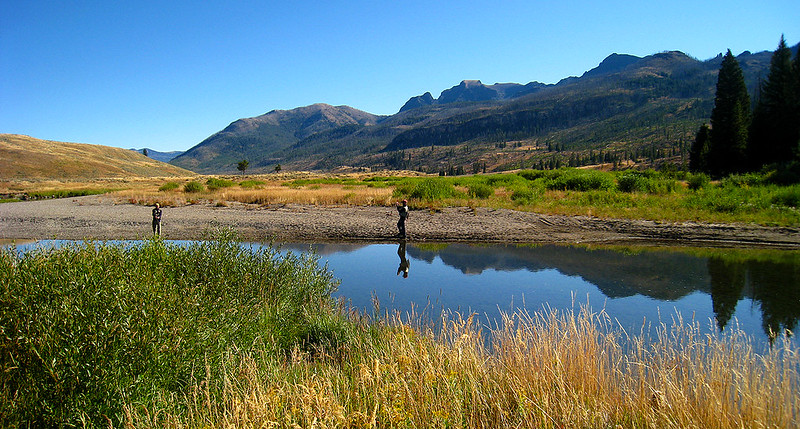
Slough Creek winds through some of the most pristine meadows in Yellowstone — offering world-class fishing and wildlife viewing opportunities. The creek is accessible via a relatively easy 2-mile hike from the Slough Creek Campground, making it one of the more accessible backcountry destinations. The meadows along Slough Creek are prime habitat for wolves, bears, elk. Many wildlife photographers consider this area their secret weapon for capturing incredible shots. The creek itself is renowned among fly fishermen for its large, wild cutthroat trout that have never seen a hatchery.
Lamar River
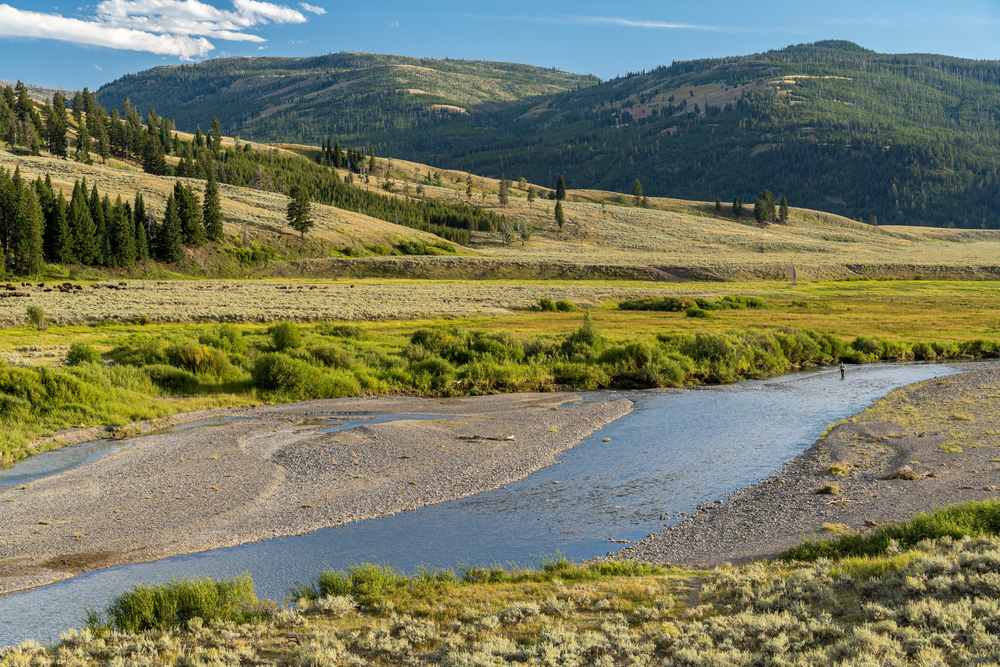
The Lamar River flows through the heart of what many consider Yellowstone’s Serengeti — a vast valley system that supports incredible wildlife diversity. While parts of the Lamar Valley are accessible by road, the upper reaches of the river require hiking to experience fully. The backcountry sections of the Lamar River offer some of the best wolf watching in North America, with several packs calling this area home. The river also provides excellent fishing for cutthroat and rainbow trout — with some sections producing surprisingly large fish.
Pelican Valley
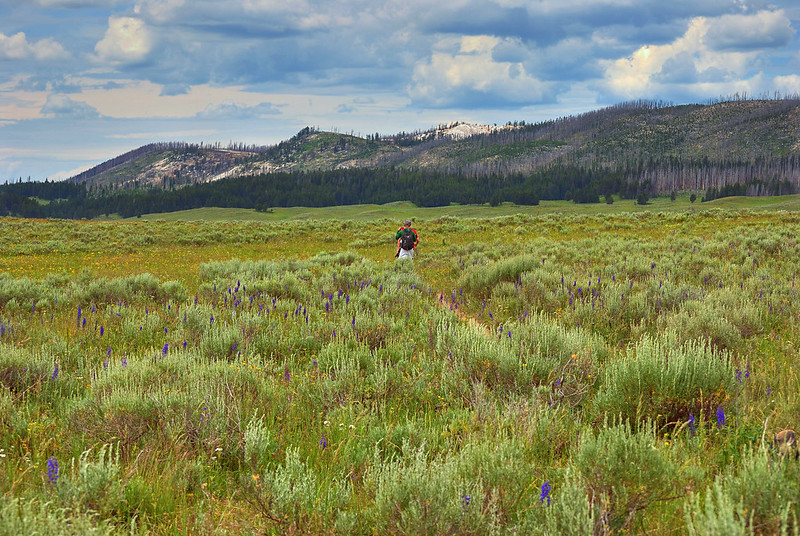
Pelican Valley represents one of Yellowstone’s most important grizzly bear habitats — a vast grassland system that provides crucial feeding areas for these magnificent predators. The valley is accessible via a 6-mile hike from the Pelican Creek trailhead, though it’s closed during parts of the year to protect denning bears. When open, Pelican Valley offers incredible wildlife viewing opportunities, with chances to see bears, wolves, elk, and bison in their natural habitat. The valley also features several small lakes and streams that support diverse bird populations, including the white pelicans that give the area its name.
Yellowstone River Falls
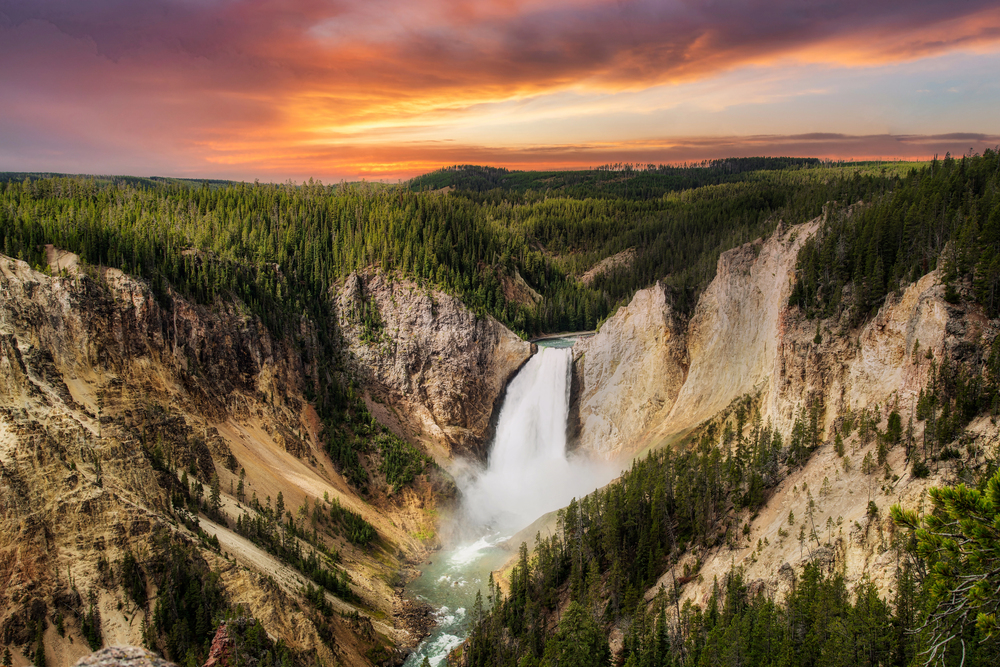
The Yellowstone River creates several spectacular waterfalls in its backcountry sections, including some that rival the famous Lower Falls in terms of sheer beauty. These falls require significant hiking to reach, yet they offer something the roadside attractions cannot: solitude and a genuine wilderness experience. The backcountry falls are particularly impressive during spring runoff when the river runs high and powerful. Photography enthusiasts love these locations because they can capture stunning waterfall shots without the crowds that plague the more famous locations.
Thorofare Region
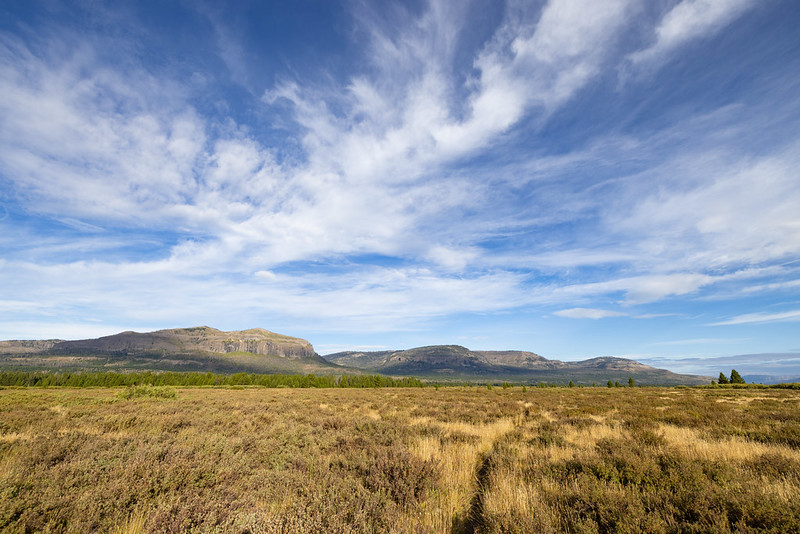
The Thorofare Region represents the most remote area in the lower 48 states. It’s a vast wilderness where you can stand farther from a road than anywhere else in the continental United States. This area requires serious backpacking skills and multiple days to reach, though it offers an unparalleled wilderness experience. The Thorofare is home to some of the largest grizzly bears in Yellowstone, along with healthy populations of wolves and other wildlife. The region also features pristine fishing in streams that see very few anglers throughout the entire year.
Bechler River
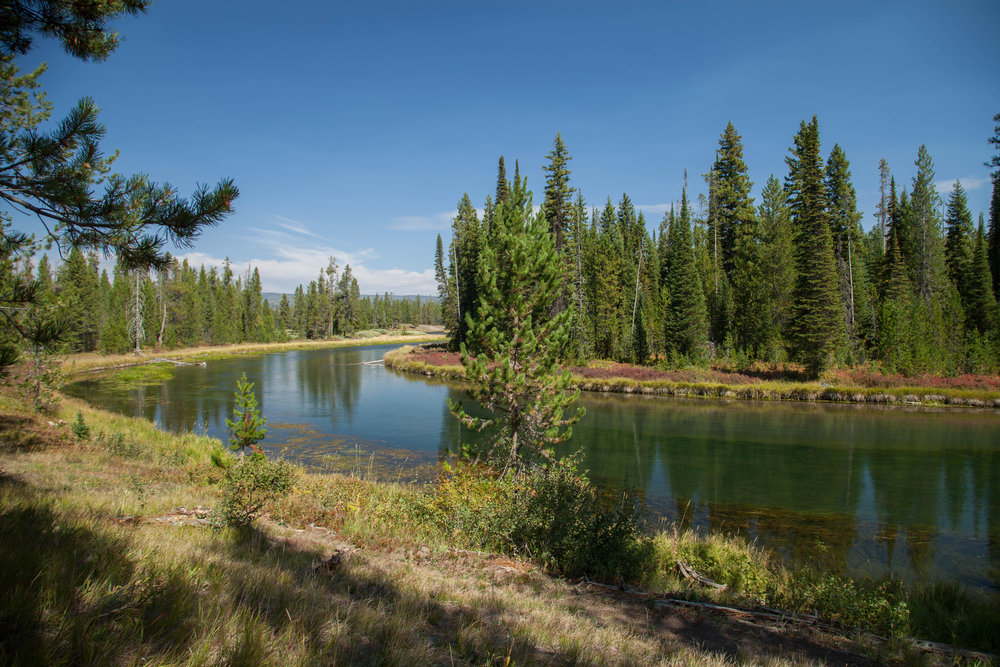
The Bechler River cuts through the southwest corner of Yellowstone, creating a landscape that looks more like the Pacific Northwest than the typical Rocky Mountain scenery. This area receives more precipitation than the rest of the park, supporting lush forests and an incredible concentration of waterfalls. The Bechler River can be accessed via several different trails, with options ranging from day hikes to multi-day backpacking trips. The river itself provides excellent fishing for rainbow and brown trout, with some sections producing surprisingly large fish.
Mirror Lake
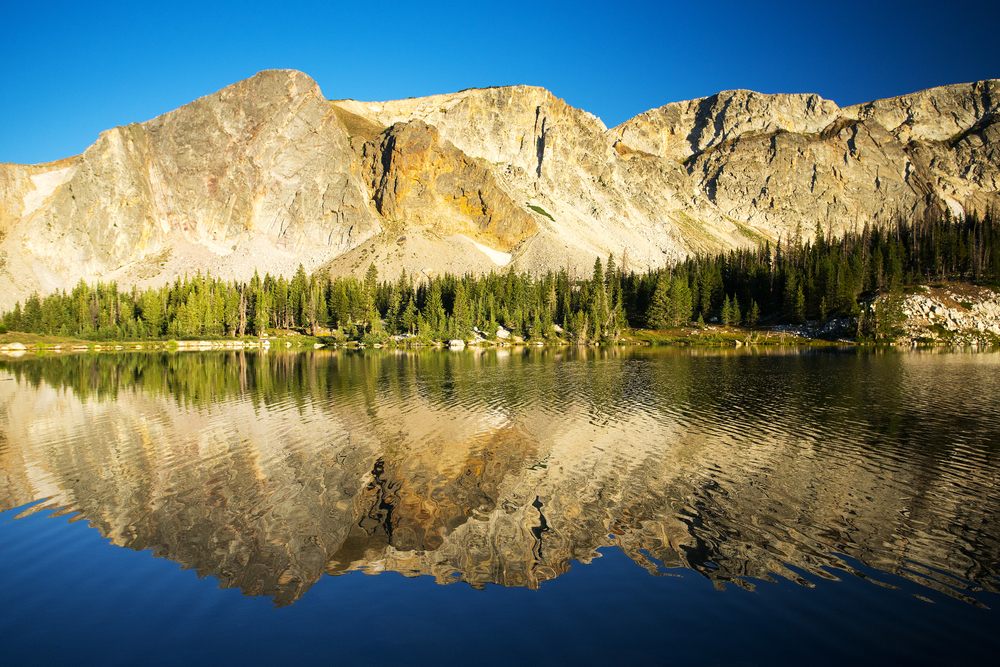
Mirror Lake lives up to its name with surface reflections so perfect they create optical illusions on calm mornings. The lake sits in a small alpine basin accessible via a challenging 8-mile hike through varied terrain. What makes Mirror Lake truly special is its clarity. The water is so transparent that you can see the bottom even in the deepest sections. The lake is surrounded by towering peaks that create dramatic reflections, while the area supports a surprising variety of wildlife despite its remote location.
Fairy Falls
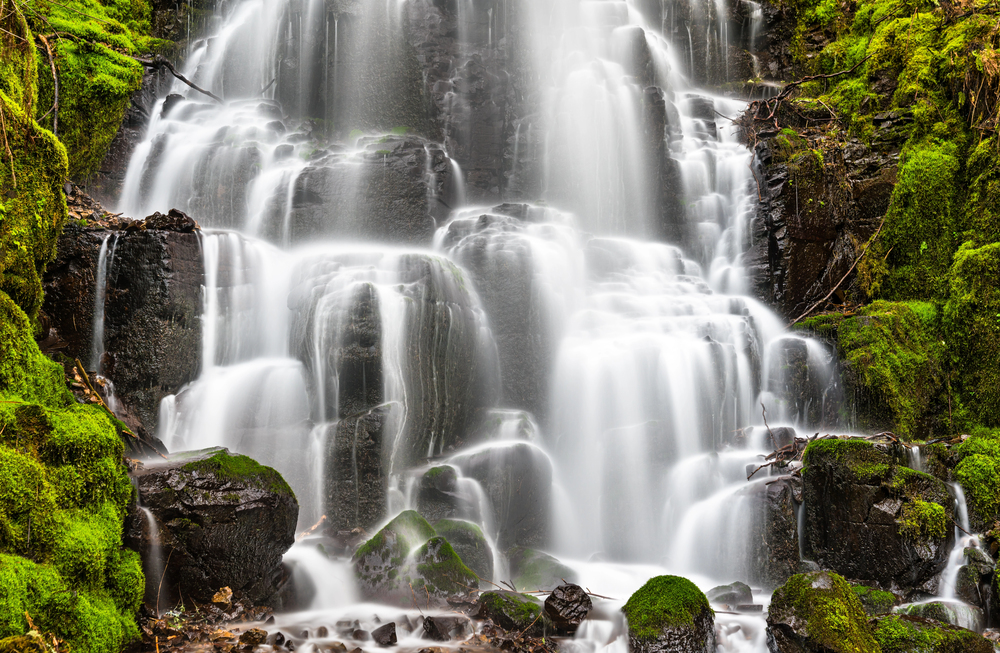
Fairy Falls drops 197 feet down a sheer rock face, creating one of the most elegant waterfalls in Yellowstone’s backcountry. The falls are accessible via a relatively easy 2.5-mile hike from the Grand Prismatic parking area, making them one of the more achievable backcountry destinations. What sets Fairy Falls apart is the delicate, almost ethereal quality of the water as it cascades down the cliff face. The falls are particularly beautiful in winter when they partially freeze, creating stunning ice formations that transform throughout the season.
Where Wilderness Still Reigns
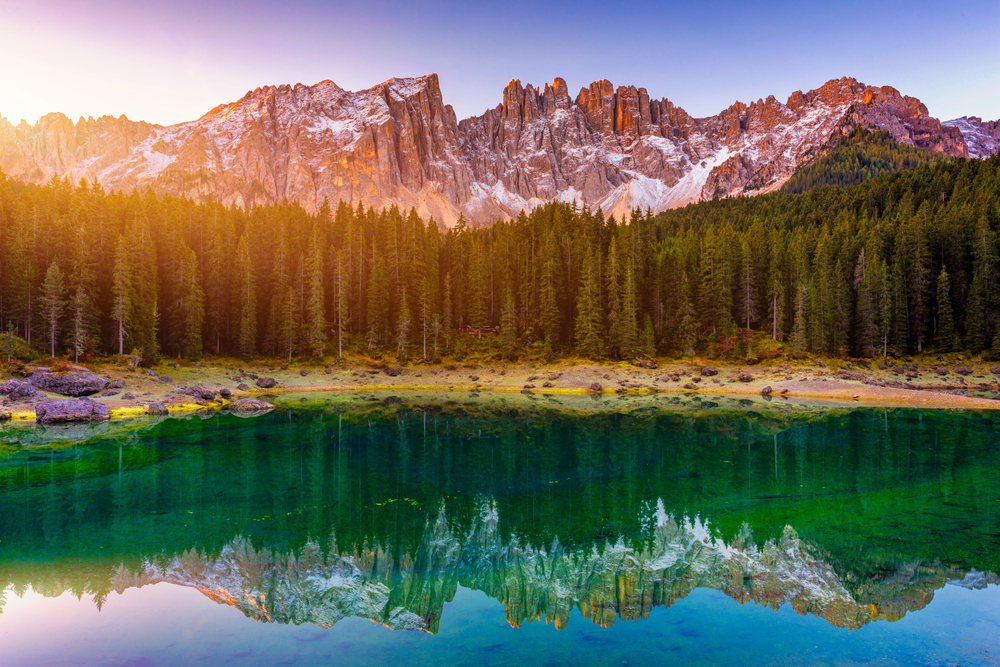
These hidden gems represent what Yellowstone was like before the crowds arrived when the park was truly wild and untamed. Each location offers a glimpse into the natural world that inspired the creation of our national park system over 150 years ago. While reaching these destinations requires effort and planning, the rewards are immeasurable. Solitude, pristine wilderness, wildlife encounters that’ll stay with you forever. The backcountry reminds us that despite all our modern conveniences and development, there are still places where nature reigns supreme and humans are merely visitors in an ancient landscape.
More from Travel Pug

- 20 Best Beach Towns in the Carolinas
- 13 Destinations Where Tourists Regularly Regret Their Trip
- 20 Things You Actually Get in First Class
- 20 Small Airports With Aviation Museums
- 20 Places in the U.S. That Are Perfect for a Reset Trip
Like Travel Pug’s content? Follow us on MSN.
